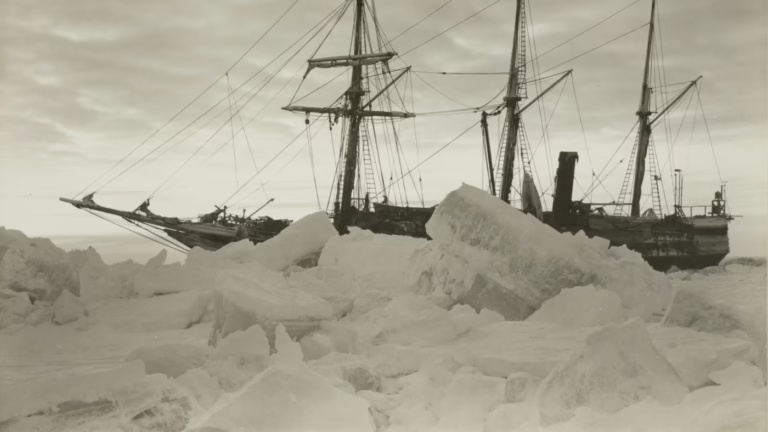The Endurance, pictured in the winter of 1915, became immobilized in ice and eventually sank. Recent research challenges the long-held belief that it was exceptionally sturdy.
Frank Hurley/Scott Polar Research Institute, University of Cambridge via Getty Images
Imagine if one of the most iconic ships in Antarctic exploration history, renowned for its crew’s harrowing tale of survival after being trapped in ice, was not as robust as previously thought.
New findings published in a recent study question the widely accepted view of Ernest Shackleton’s vessel, the Endurance, particularly the notion that it was among the strongest ships of its time and that it sank due to rudder damage after being caught in sea ice in 1915.
“Both assumptions are incorrect,” explains Jukka Tuhkuri, a professor at Aalto University in Finland specializing in sea ice and Arctic marine engineering, and the author of the study. “Compared to other ships from that era, Endurance was relatively fragile, and its sinking was not caused by rudder failure.”
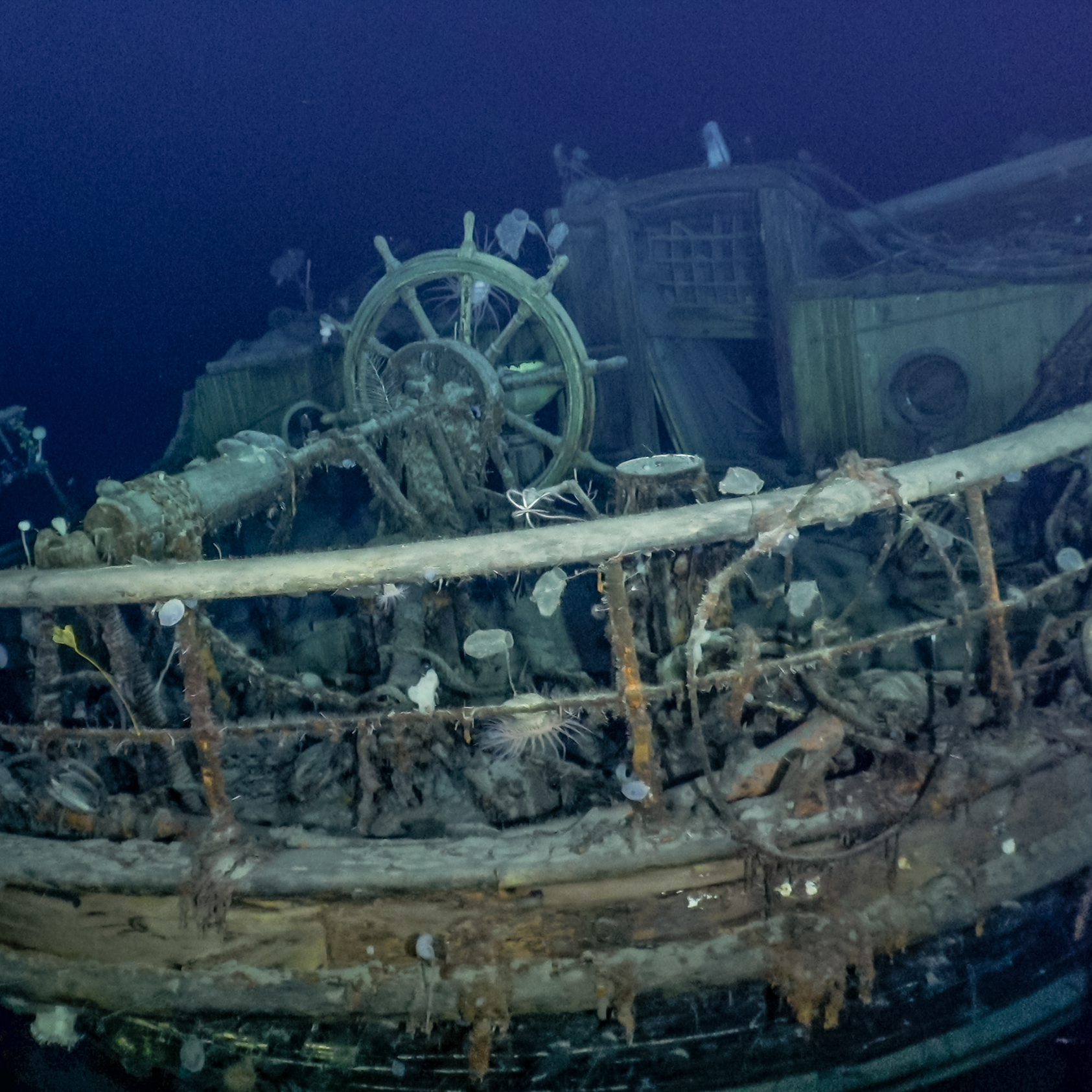
During the 2022 expedition that uncovered the Endurance’s wreckage, Tuhkuri’s interest was piqued about the reasons behind the ship’s demise. Over the following years, he meticulously analyzed technical data and historical documents, including original blueprints, photographs, and personal correspondence.
His findings, published in the journal Polar Record, reveal that the Endurance had multiple design flaws that rendered it vulnerable to the harsh polar environment, and that Shackleton himself was aware of these limitations.
In a letter to his wife, Shackleton admitted that the Endurance was “not as strong as [my previous ship] Nimrod in terms of construction” and confessed he would “trade her for the old Nimrod any day now, except for comfort.” Notably, Shackleton and his team had nearly reached the South Pole during the 1907-1909 Nimrod expedition.
Structural weaknesses sealed Endurance’s fate, study suggests
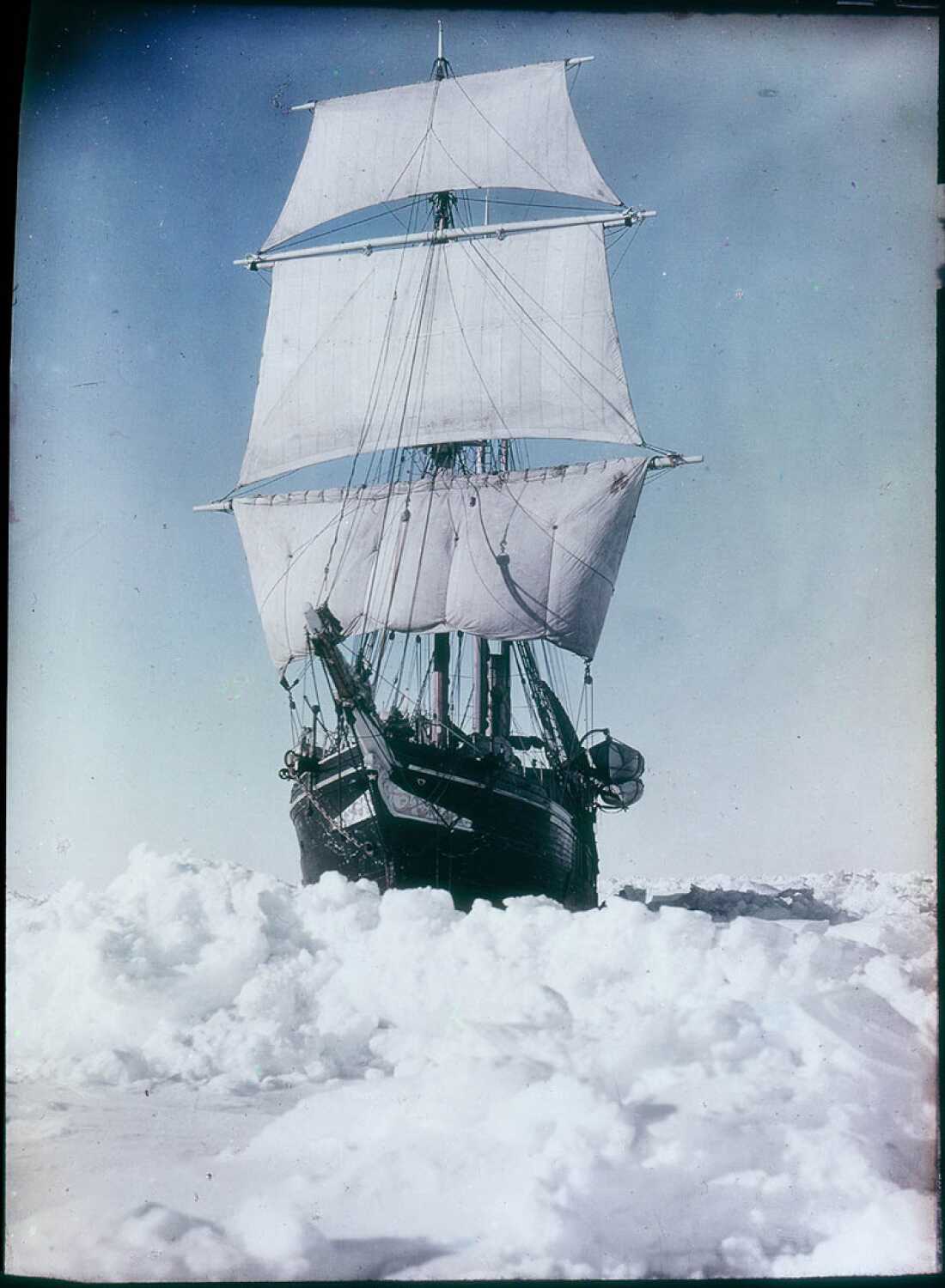
The Endurance trapped in the Weddell Sea, where it was eventually crushed by ice.
Mitchell Library, State Library of New South Wales
Originally named Polaris, the ship was designed for Arctic tourism, built to endure impacts with ice floes near the ice edge where polar bears roam. However, Shackleton took the vessel into the dense pack ice of Antarctica, which exerts compressive forces on a ship’s hull-forces the Endurance was not engineered to withstand.
“The type of pressure from pack ice is fundamentally different and demands specific structural reinforcements that Endurance lacked,” Tuhkuri explains.
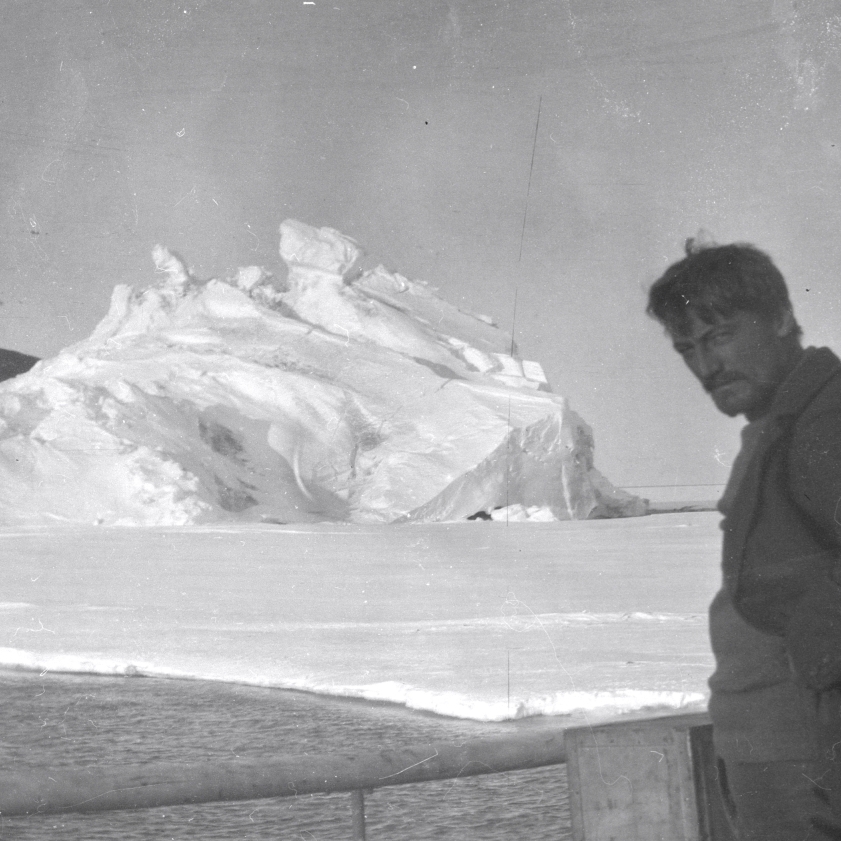
In 1914, Shackleton embarked on a daring mission with 27 men aboard two ships, Endurance and Aurora, aiming to cross Antarctica on foot. Endurance sailed to one side of the continent, while Aurora headed to the opposite end.
However, before Endurance could reach land, it became ensnared in thick sea ice in January 1915, leaving the crew stranded. The men endured months living aboard the frozen vessel in the Weddell Sea before abandoning ship in October, escaping in lifeboats with limited supplies. The Endurance sank on November 21, 1915. Remarkably, Shackleton and all crew members survived, while most of Aurora’s crew were also rescued.
Ice pressure ultimately crushed the ship
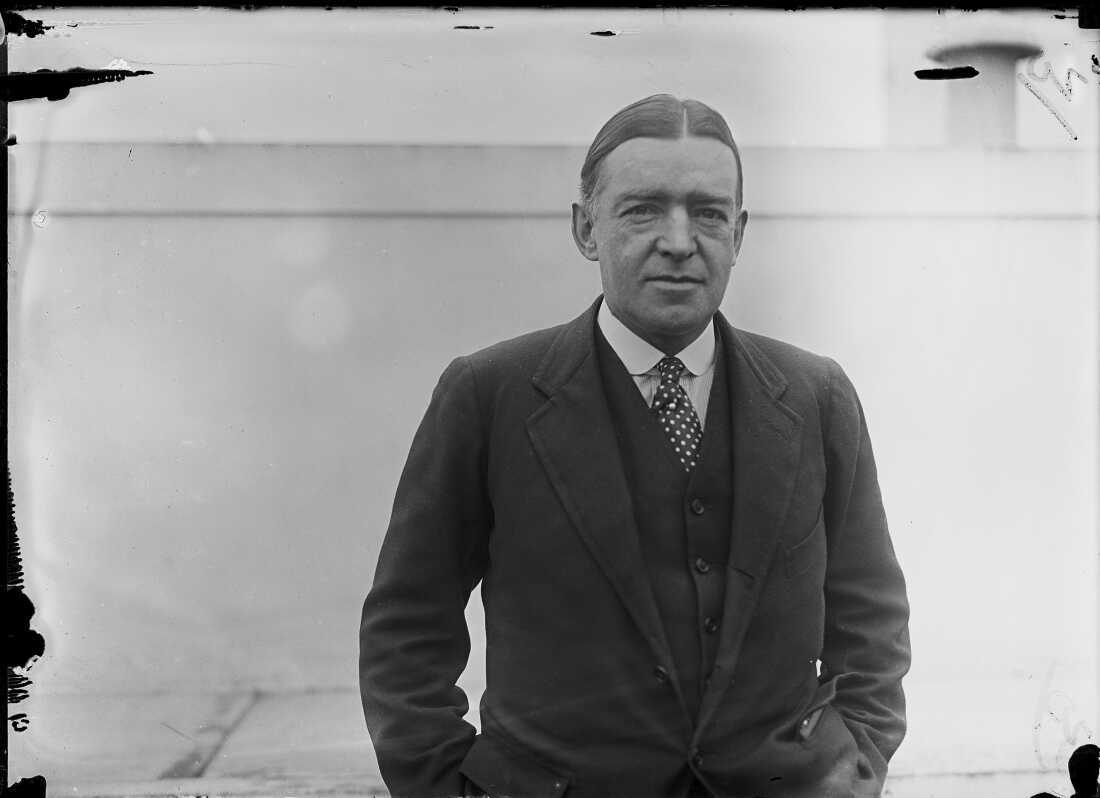
Ernest Shackleton, the leader of the 1915 Endurance expedition, photographed in New York in 1921.
AP
Tuhkuri describes sea ice not as a uniform sheet but as a dynamic “patchwork” of ice floes of varying sizes, constantly shifting due to wind and ocean currents. The Endurance drifted within this moving ice, which eventually compressed and crushed the ship.
The study highlights that Endurance’s deck beams, made of pine, and its oak and pine framing were weaker than those of similar vessels. Additionally, the ship’s hull design was compromised by a lengthy machine room and lacked diagonal bracing found in other polar ships, making it more susceptible to ice pressure.
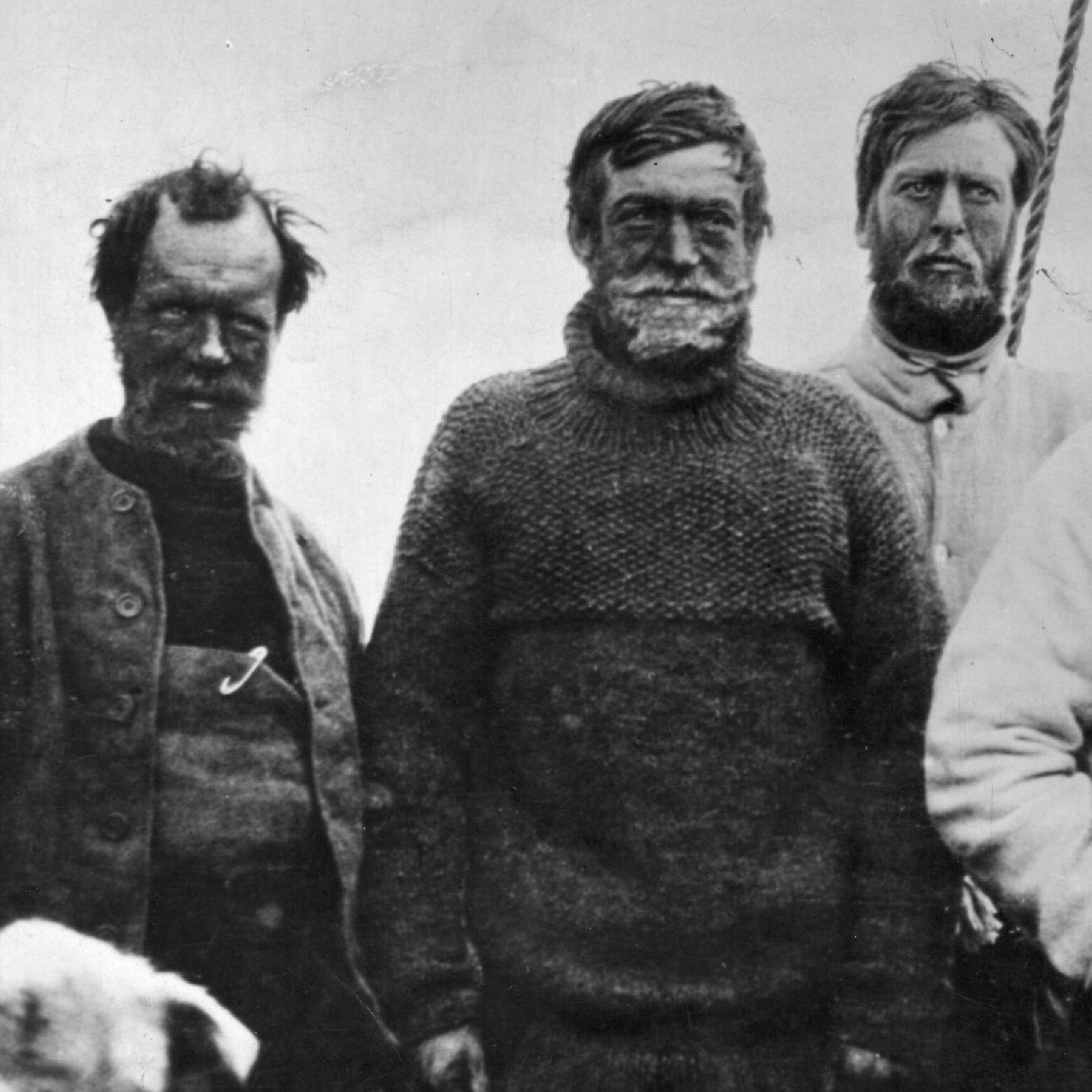
While damage to the rudder did cause some leakage, the crew managed to control it. The critical blow was the keel-the ship’s main structural spine-which was torn apart, splitting the vessel in two.
Tuhkuri emphasizes that his research is not intended to diminish Shackleton’s heroic legacy but to enrich the historical understanding of the expedition.
He concludes poignantly: “In a poetic sense, Endurance may have been a symbol of strength and courage; yet from an engineering perspective, it was unfortunately not built to endure.”




















